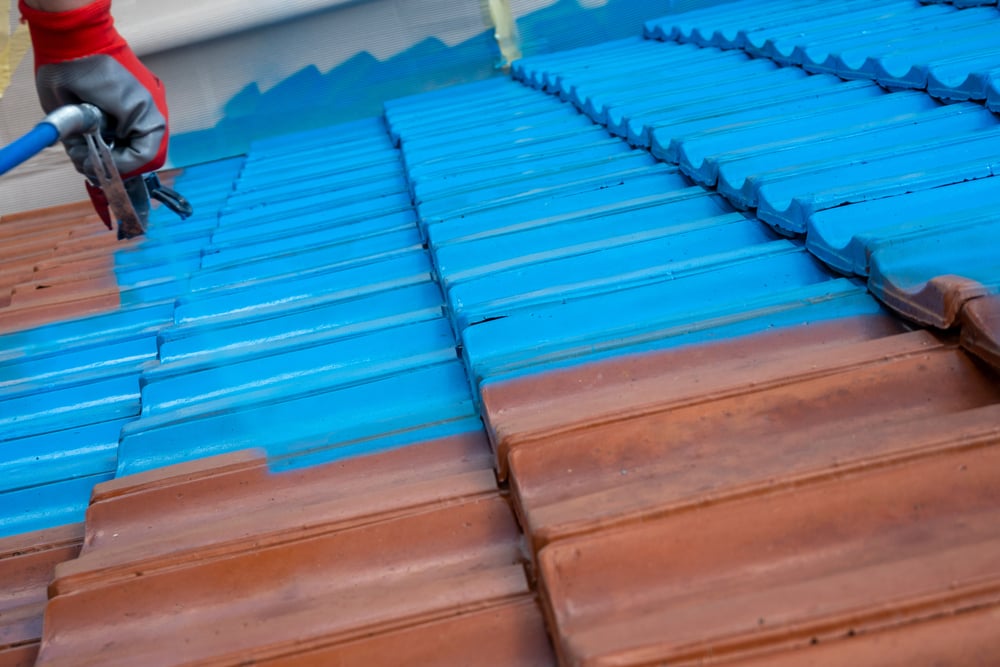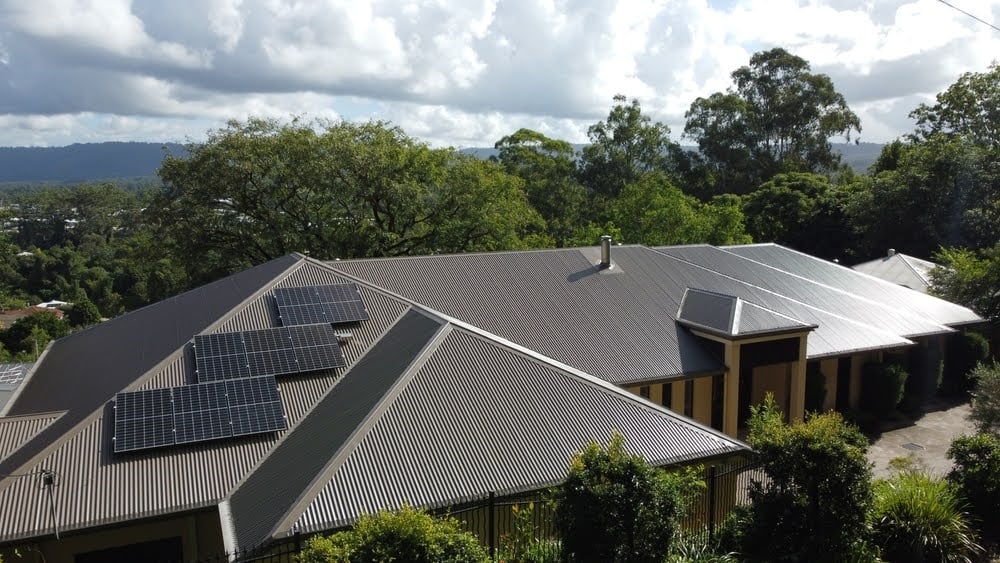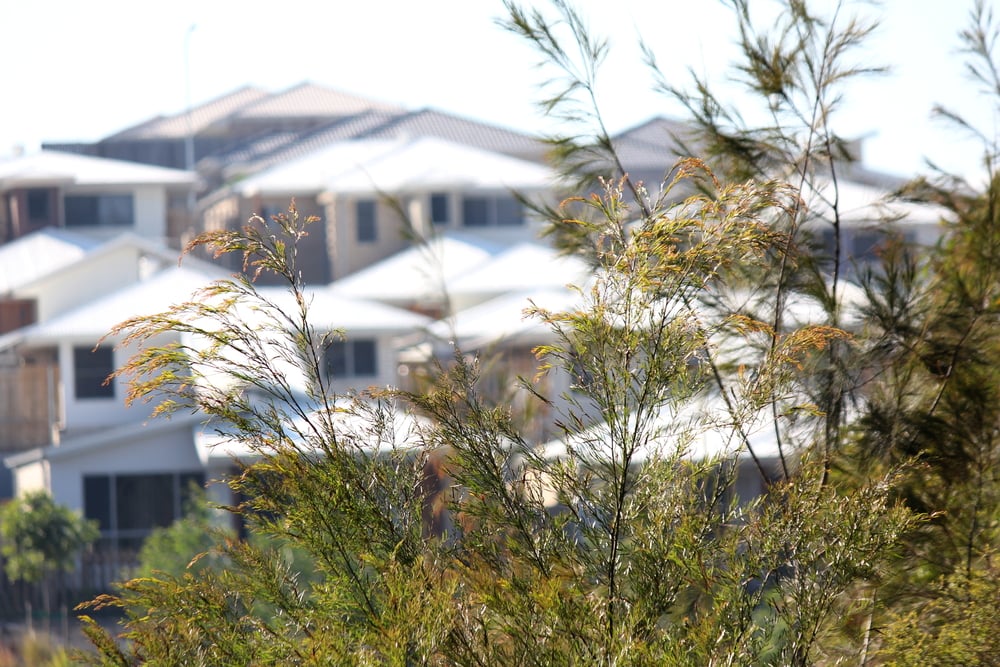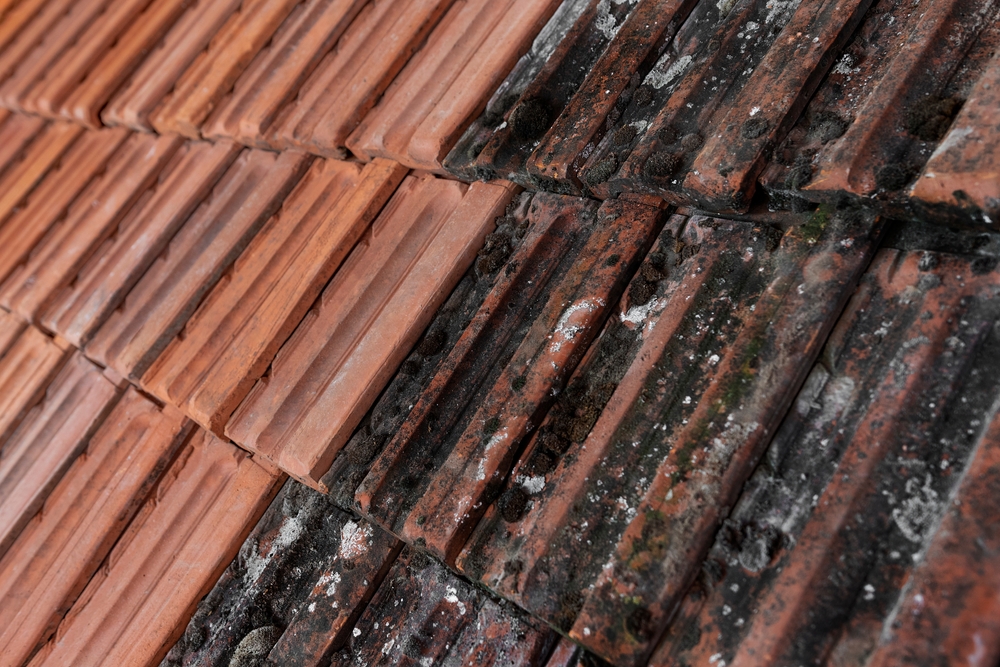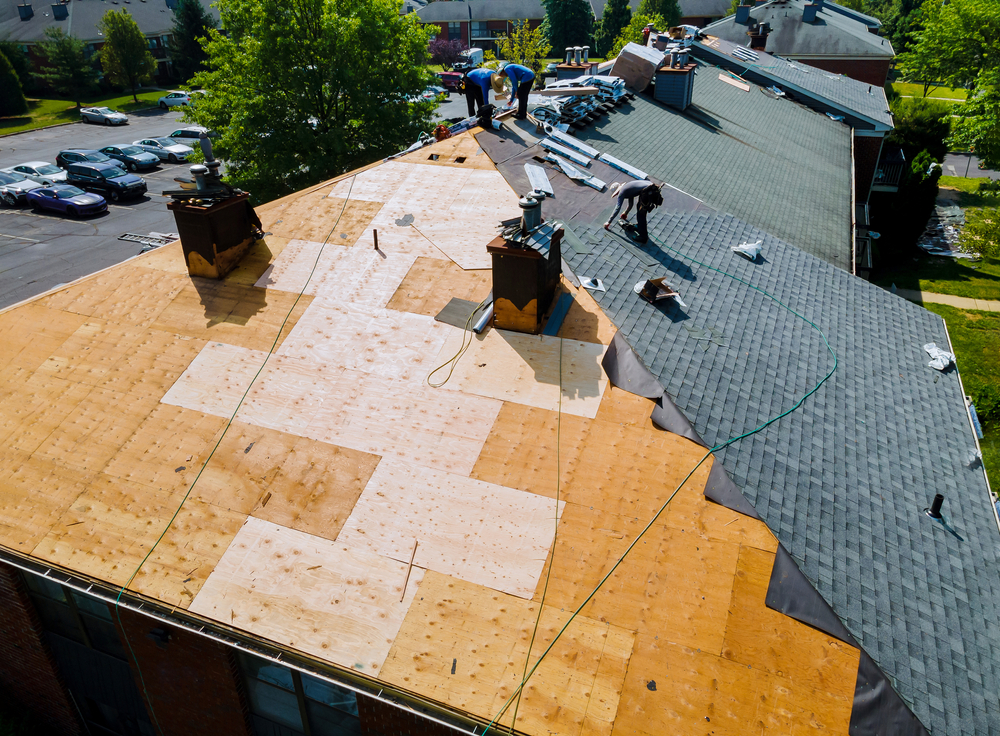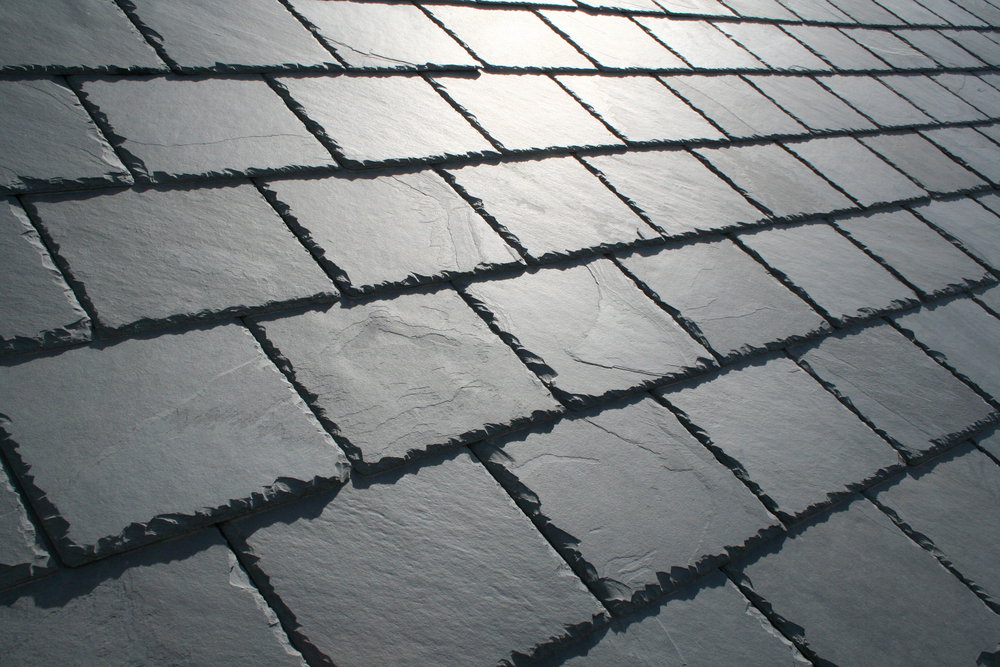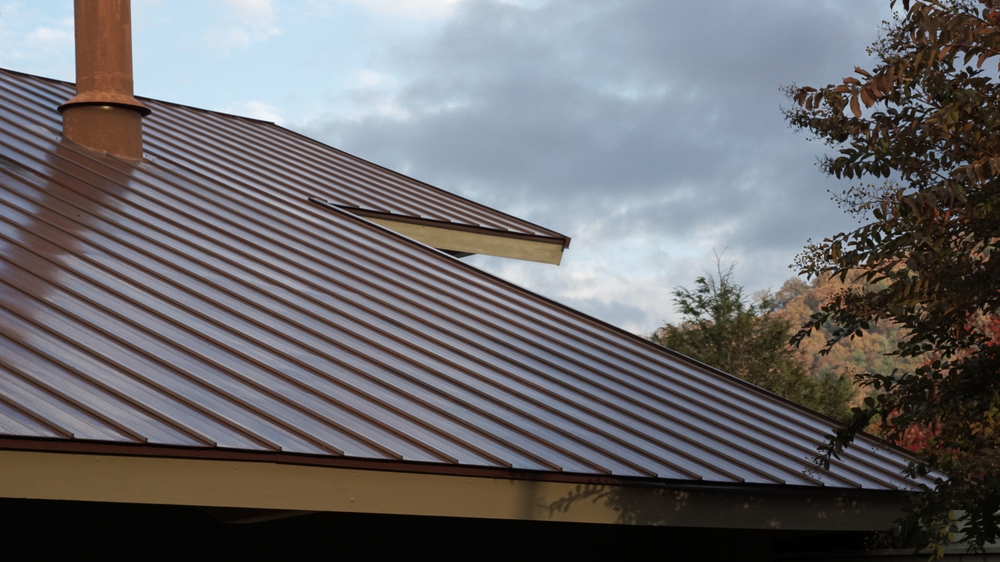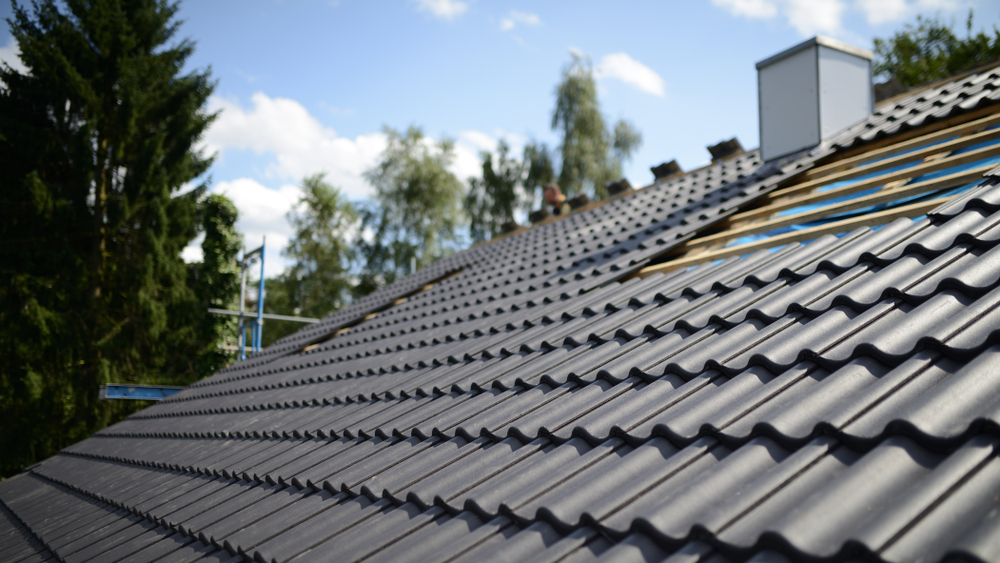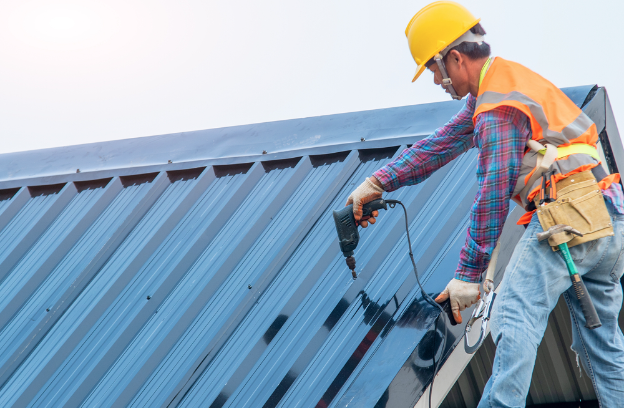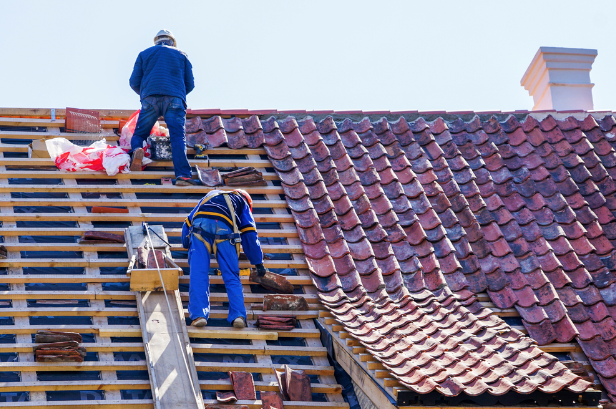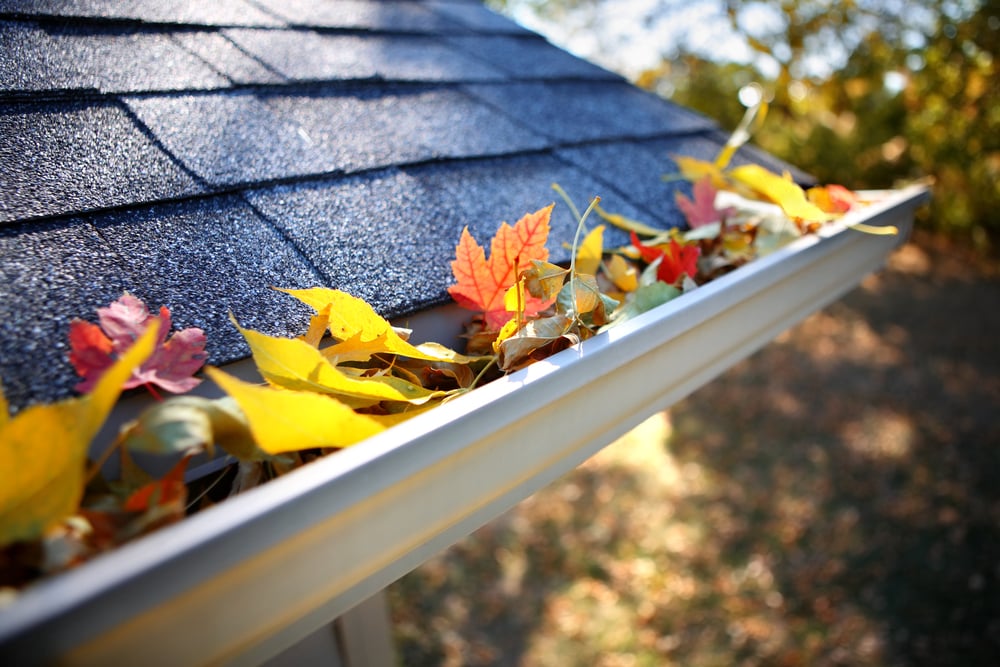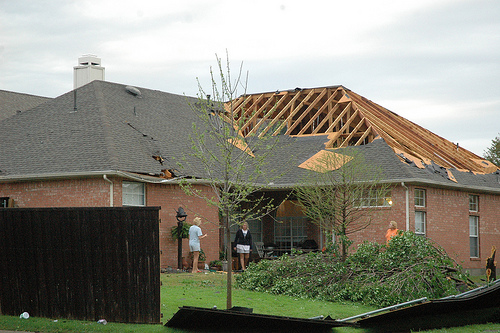
Jul
6 Ways to Identify Roof Damage
 Roof damage is a very serious issue and, if left unnattended, can end up costing you a lot in the long run. But how do you identify roof damage?
Roof damage is a very serious issue and, if left unnattended, can end up costing you a lot in the long run. But how do you identify roof damage?
In this blog we will be taking you through six ways that you can identify roof damage by keeping an eye on some the clearest signs that the integrity of your roof could be compromised. So let's get started.
1. Check out your ceiling
When inside your home, occasionally take a look at your ceiling to see if you can spot any sagging. If you note any areas where levels seem to be inconsistent, this can indicate an issue of water damage. Typically if you notice sagging but can't see any other signs of damage, this may mean there could be unseen additional damage in the actual roof void area (aka attic).
Usually such damage - notably water damage - is a result of some issue with your roof, in particular that of leaks.
2. Look for discolouration on your roof
When up on your roof, look out for signs of discolouration - in particular if you have a tiled roof. Discolouration could be a sign of excess moisture and the formation of algae or mold. Excess moisture, algae or mold can all weaken your tiles, making them more susceptible to breakage.
3. Keep an eye on your enegry bills
Yes, you may be able to determine whether or not there's an issue with your roof by checking out your energy usage. Are you finding you're paying more or using more energy to keep your home cooler or hotter during the seasons? If you notice a fluctuation, this may mean your roof could have some cracks in it.
Ultimately your roof doesn't exist just provide you with cover, but it also helps insulate your home and keep it warm and/or cool. If it's not doing its job the way it used to, it may be damaged.
4. Indentations, cracks and loose materials
When examining your roof, keep an eye out for any cracks or indentations. Noticing indentations can be easier on sheet metal roofs whereas they can be a little harder to pinpoint on tiled roofs. For example, hail damage will commonly only show on tiled roofs as the slightest cracks or imprints.
Regardless, a slight crack can turn into a much larger problem down the road. Also look out for loose materials that have originated from your roof. You could find such materials sitting in your gutters or fallen to the ground.
5. Overflow
When it rains, note whether or not your gutters are overflowing with water. Of course there could be other contributing factors to this overflow - such as your gutters are clogged up with leaves and twigs that need to be removed - but it could also be due to an issue with your roof. If your gutters are otherwise free of clutter and are still overflowing when it rains, you may need to call in a professional to assess whether it's because of an issue with your roof.
6. Leaks and dark stains
Inside your home if you leaks are occurring your notice dark stains on things such as your ceiling or walls, this could be due to roof damage. If the stains are light it's usually a sign that the water damage is relatively new. If they're dark, however, it means your ceiling or walls have been getting hit by water damage for quite some time.
As soon as you notice any leaks or stains you must call a professional in to find the source of the problem and then find out how you can solve it. Otherwise your home could face severe damage.
At Roo Roofing, we know the signs of roof damage and how to fix them. If you would like to find out more about how we can help you, call us on 1300 734 148.
* Image source: ckroberts61









